Have you ever wondered why most streets in Japan don’t have names? In many countries, streets are given names to help people navigate, but Japan does things differently. Instead of street names, Japan uses a unique addressing system that might seem confusing at first but makes a lot of sense once you understand it!
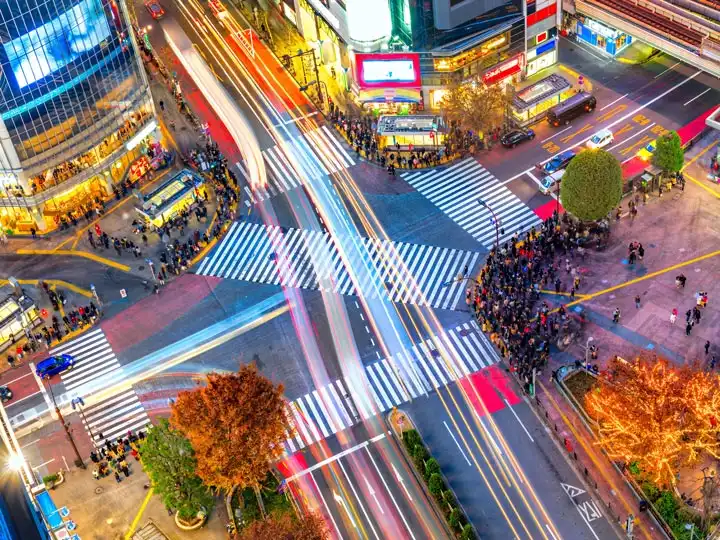
The Unique Japanese Address System
In most countries, addresses are arranged using street names and house numbers. For example, in the UK or the US, you might find an address like:
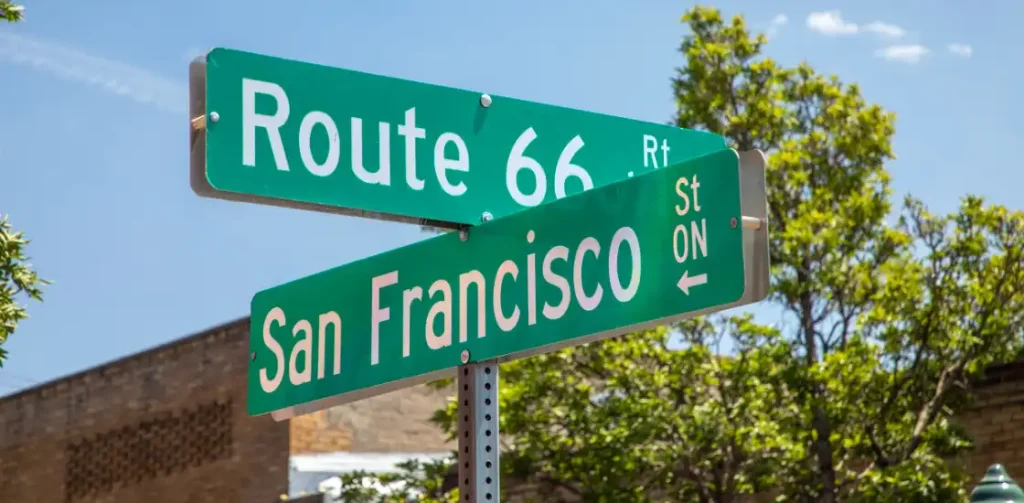
12 Baker Street, London, UK
However, in Japan, addresses work differently. Instead of naming streets, Japan organises locations based on areas and blocks. A typical Japanese address looks like this:
Tokyo-to, Shibuya-ku, Jingumae 4-2-8
This means:
- Tokyo-to – The prefecture (similar to a state or province)
- Shibuya-ku – The ward (like a district in a city)
- Jingumae – The neighbourhood or sub-area
- 4-2-8 – A set of numbers indicating the block and building

Why Doesn’t Japan Name Streets?
The main reason Japan doesn’t name most of its streets is because its cities were designed differently from those in Western countries. Here are some key reasons:
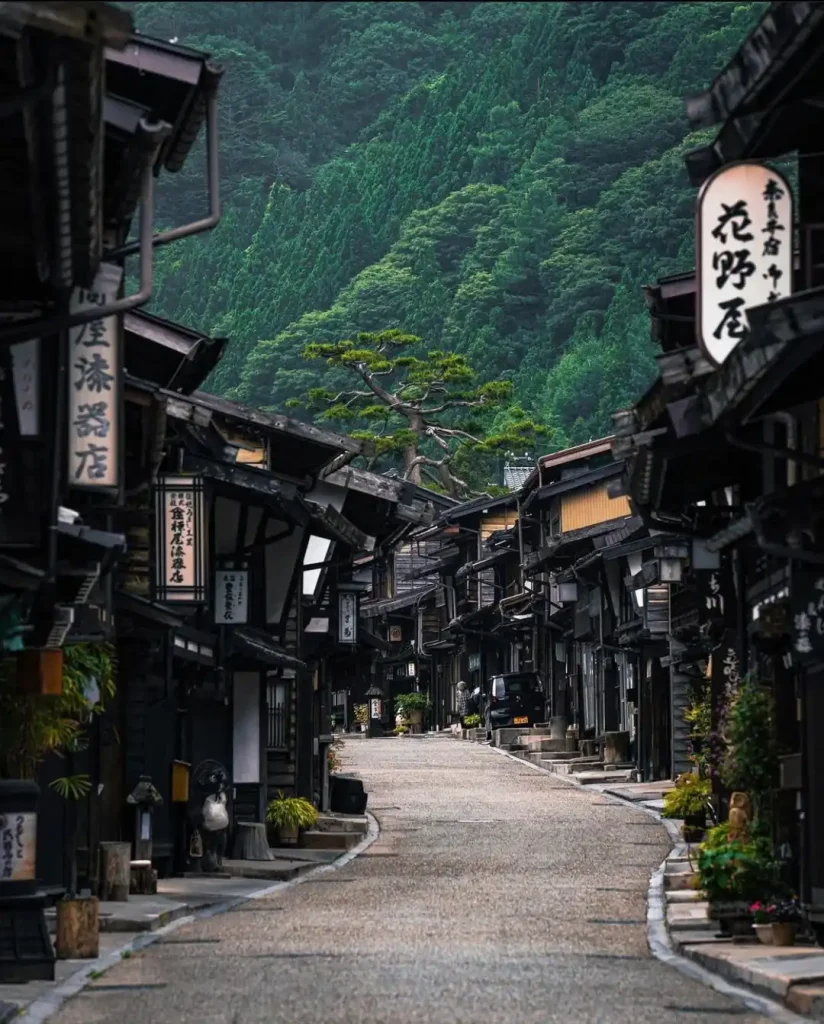
1. Historical City Planning
Traditional Japanese cities, such as Kyoto and Edo (now Tokyo), were designed using a grid system. Instead of streets, areas were divided into blocks, making it easier to identify places by their block number rather than street name.
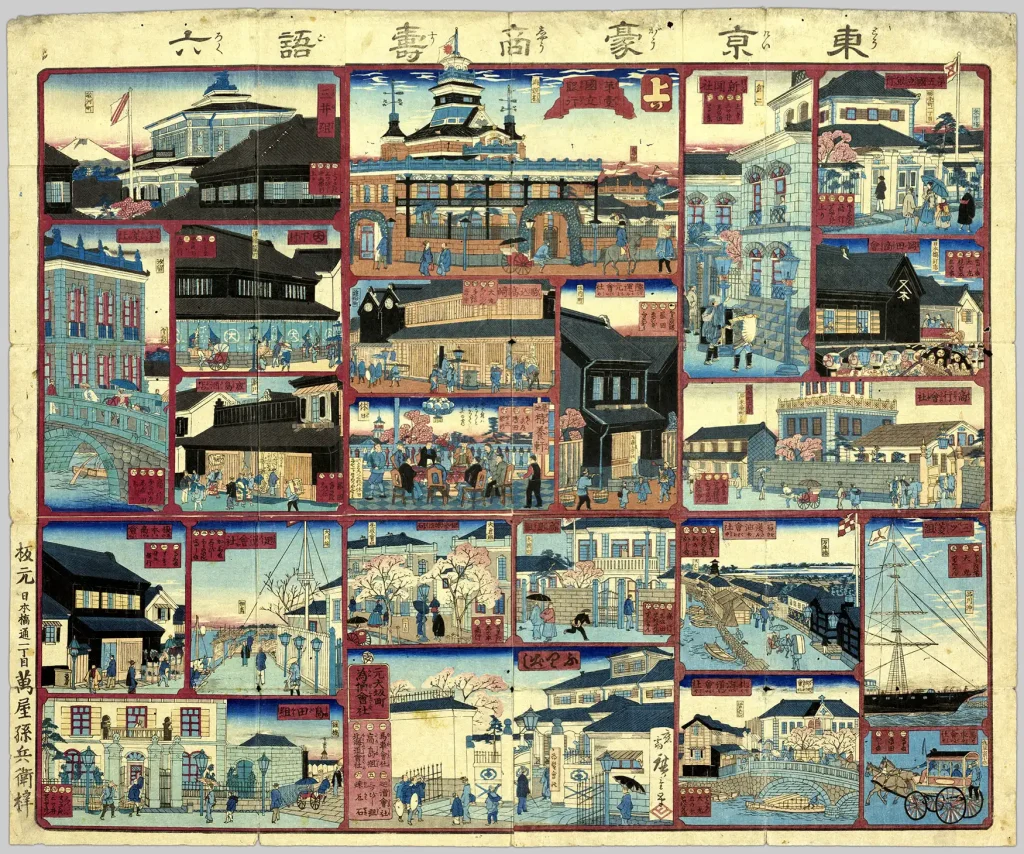
2. Frequent Natural Disasters
Japan experiences earthquakes, typhoons, and tsunamis regularly. This means buildings and roads often change due to reconstruction. If streets had names, they would need to be constantly updated. The block system allows for flexibility and makes navigation easier even after disasters.

3. Temples and Landmarks as Guides
In ancient times, people in Japan used temples, shrines, or major buildings as reference points instead of street names. This tradition continues today, and many people still give directions based on well-known places.

How Do People Find Their Way?
If streets don’t have names, how do people know where to go? Here are some ways people navigate in Japan:
- Landmarks – People use famous buildings, train stations, or convenience stores as reference points. For example, someone might say, “My house is near Shibuya Station, behind the FamilyMart.”

- Block Numbers – Each block has a unique number, and buildings are numbered in the order they were built, not in a straight line. So, a building numbered 3 might be next to 10, but that’s completely normal!
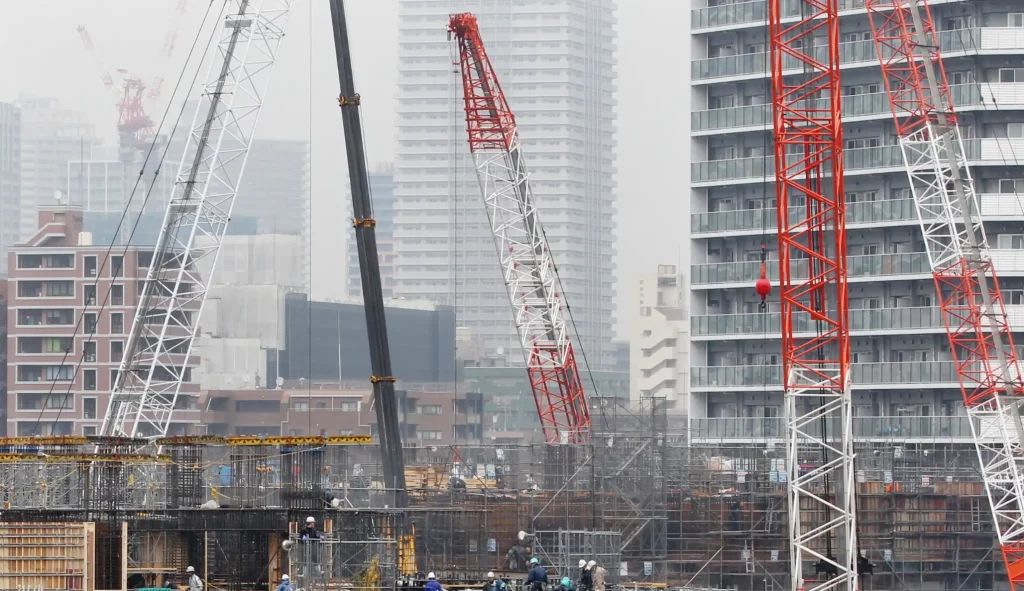
- Navigation Apps – Because the Japanese address system can be tricky, people rely on GPS apps like Google Maps to find locations quickly.
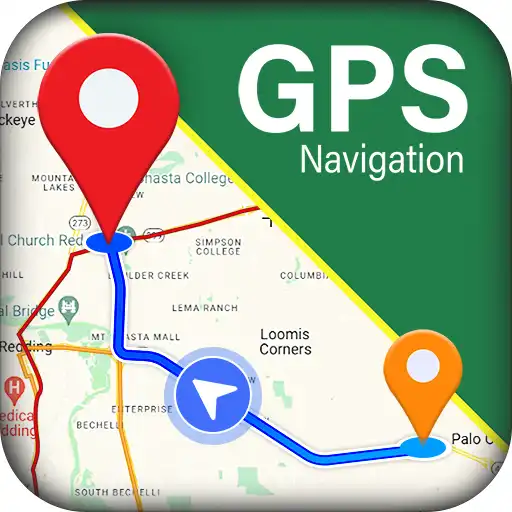
Are There Any Named Streets in Japan?
Yes! Although most streets in Japan don’t have names, some major roads do. For example:
- Chuo-dori (Central Street) in Tokyo’s Ginza area
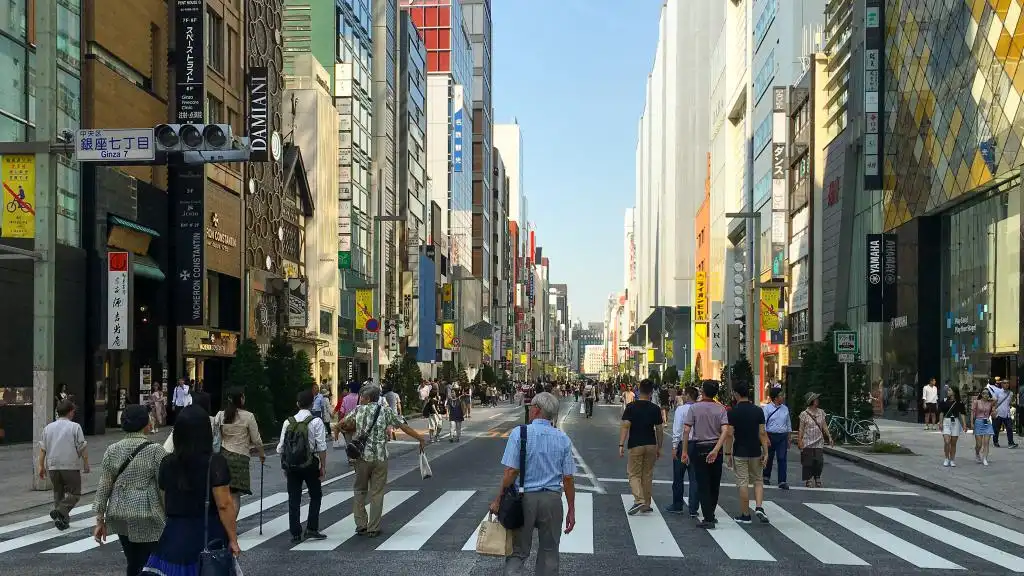
- Aoyama-dori in the fashionable Aoyama district

- Shijo-dori in Kyoto
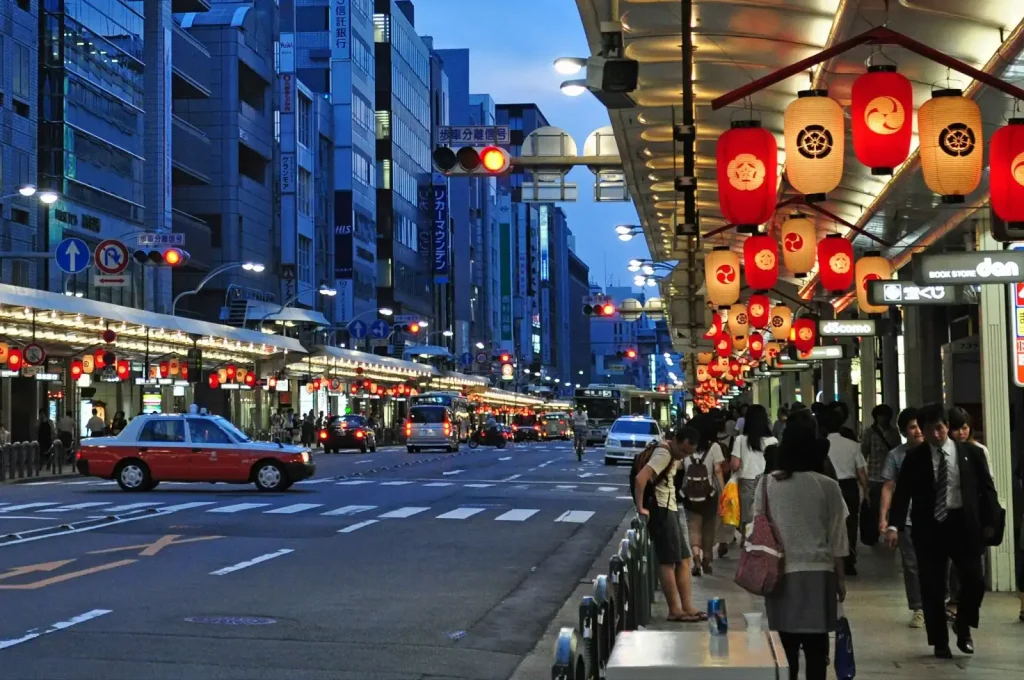
These streets are well-known, but smaller roads and alleys usually don’t have names.
Fun Fact: Even Locals Get Lost!
Because of Japan’s unique addressing system, even locals sometimes get lost! Taxi drivers often ask for landmarks instead of addresses, and delivery workers rely on detailed maps to find their destinations.
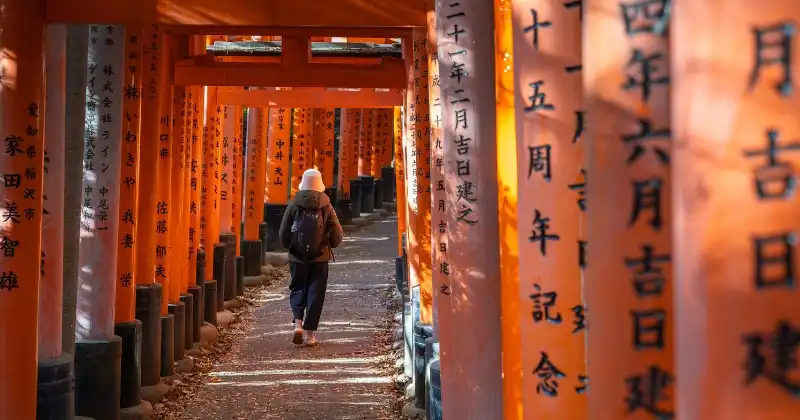
Conclusion
Japan’s street system might seem confusing at first, but it has worked well for centuries. Instead of using street names, Japan uses block numbers and landmarks to help people find their way. While this system may be different from what you’re used to, it’s an important part of Japanese culture and history!
For more interesting Story, please visit www.kidzherald.com





